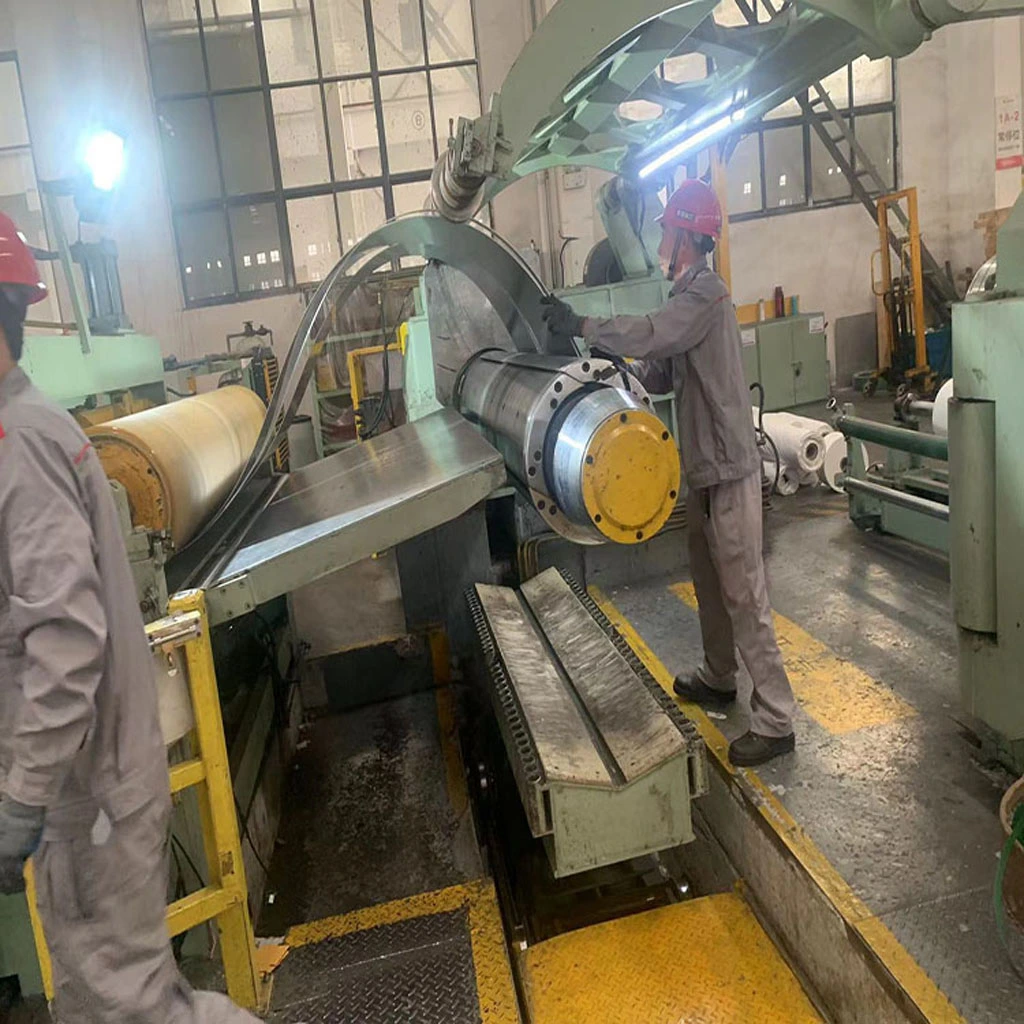What is 316N stainless steel?
2023-06-10
What is 316N stainless steel?
316N stainless steel is a high-performance alloy renowned for its exceptional corrosion resistance and superior strength properties. It belongs to the austenitic family of stainless steels and is an enhanced version of the widely used 316 stainless steel grade. The “N” in 316N represents the addition of nitrogen to the alloy composition, which enhances its mechanical and physical characteristics. This nitrogen addition contributes to increased tensile strength, improved pitting and crevice corrosion resistance, and enhanced resistance to high-temperature environments. 316N stainless steel finds applications in various industries such as chemical processing, marine environments, pharmaceuticals, and food processing, where resistance to corrosive substances and high-stress conditions is vital. It offers excellent weldability, making it a preferred choice for fabrication processes. With its unique combination of corrosion resistance, strength, and weldability, 316N stainless steel is a versatile material that satisfies demanding requirements in numerous applications.
Chemical composition of 316N stainless steel
The chemical composition of 316N stainless steel is as follows:
Carbon (C): 0.08% maximum
Silicon (Si): 1.00% maximum
Manganese (Mn): 2.00% maximum
Phosphorus (P): 0.045% maximum
Sulfur (S): 0.030% maximum
Chromium (Cr): 16.00% – 18.00%
Nickel (Ni): 10.00% – 13.00%
Nitrogen (N): 0.10% – 0.16%
Molybdenum (Mo): 2.00% – 3.00%
Iron (Fe): Remaining balance
These are the typical ranges for the chemical composition of 316N stainless steel. It’s important to note that the specific composition can vary slightly depending on the manufacturer or the standard specification being followed.
What are the mechanical properties of 316N stainless steel?
316L stainless steel has a minimum tensile strength of 70 ksi (485 MPa) in annealed and hot finished condition, and a minimum yield stress of 25 ksi (170 MPa) in annealed and hot finished condition.
What are the physical properties of 316N stainless steel?
Density: The density of 316N stainless steel is 7.99 g/cm³. Density is a measure of how much mass is contained within a given volume. The high density of 316N stainless steel indicates that it is a relatively heavy material.
Melting Point: The melting point of 316N stainless steel falls within the range of 1370-1400°C. The exact melting point may vary depending on the specific composition and impurities present. The high melting point of stainless steel makes it suitable for applications that involve high-temperature environments, such as industrial furnaces or high-temperature processing.
Thermal Conductivity: At 100°C, 316N stainless steel has a thermal conductivity of 16.3 W/m·K. Thermal conductivity is a measure of a material’s ability to conduct heat. The relatively high thermal conductivity of 316N stainless steel indicates that it can efficiently transfer heat across its structure. This property makes it useful in applications where thermal management is important, such as heat exchangers or components in high-temperature environments.
What are the characteristics of 316N stainless steel?
316N stainless steel is a specific grade of austenitic stainless steel that is modified with nitrogen (N) to enhance its mechanical and corrosion-resistant properties. Here are the characteristics of 316N stainless steel:
Corrosion Resistance: Like other austenitic stainless steels, 316N stainless steel exhibits excellent corrosion resistance. It is highly resistant to corrosion in various environments, including acidic, alkaline, and chloride-rich environments. This makes it suitable for applications where corrosion resistance is crucial, such as in marine environments, chemical processing plants, and the food and beverage industry.
Improved Creep Resistance: The presence of nitrogen in 316N stainless steel improves its resistance to creep deformation, which is the slow and progressive deformation that occurs under long-term exposure to high temperatures. This characteristic makes 316N stainless steel suitable for applications involving elevated temperatures, such as heat exchangers, furnace components, and high-temperature processing equipment.
Good Formability and Weldability: 316N stainless steel retains good formability, allowing it to be easily shaped and fabricated into various forms, including sheets, tubes, and complex structures. It also maintains excellent weldability, enabling it to be joined through common welding techniques without significant loss of corrosion resistance or mechanical properties.
High Temperature Strength: The presence of nitrogen in 316N stainless steel contributes to its improved strength at high temperatures. It retains its mechanical properties even at elevated temperatures, making it suitable for applications that require resistance to thermal cycling and exposure to high operating temperatures.
Non-Magnetic: 316N stainless steel is non-magnetic in the annealed condition, which means it does not exhibit magnetic properties. This characteristic makes it suitable for applications where magnetism can interfere with the operation of equipment or where non-magnetic properties are required.
What are the common applications of 316N stainless steel?
316N stainless steel finds a wide range of applications across various industries due to its excellent corrosion resistance, high strength, and good mechanical properties. One common application of 316N stainless steel is in the chemical processing industry, where it is used for the construction of equipment and piping systems that handle corrosive chemicals. Its resistance to acids, alkaline solutions, and chloride-rich environments makes it suitable for demanding environments. Additionally, 316N stainless steel is employed in the marine industry for the construction of ship fittings, offshore platforms, and components exposed to seawater, thanks to its exceptional corrosion resistance. It is also utilized in the food and beverage industry for equipment manufacturing, as it provides hygienic and corrosion-resistant surfaces required in food processing and storage. Moreover, 316N stainless steel is favored in the pharmaceutical industry for its corrosion resistance to chemicals used in drug production and its ability to maintain product purity. These applications highlight the versatility and reliability of 316N stainless steel in demanding environments where corrosion resistance and strength are crucial factors.
